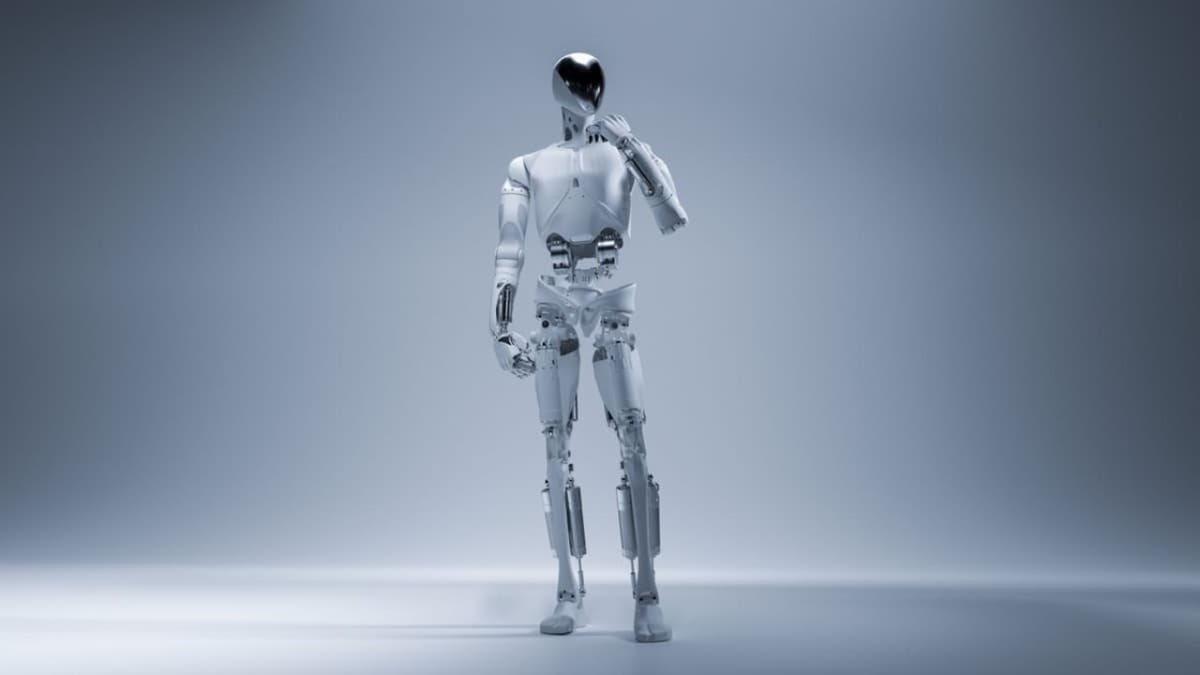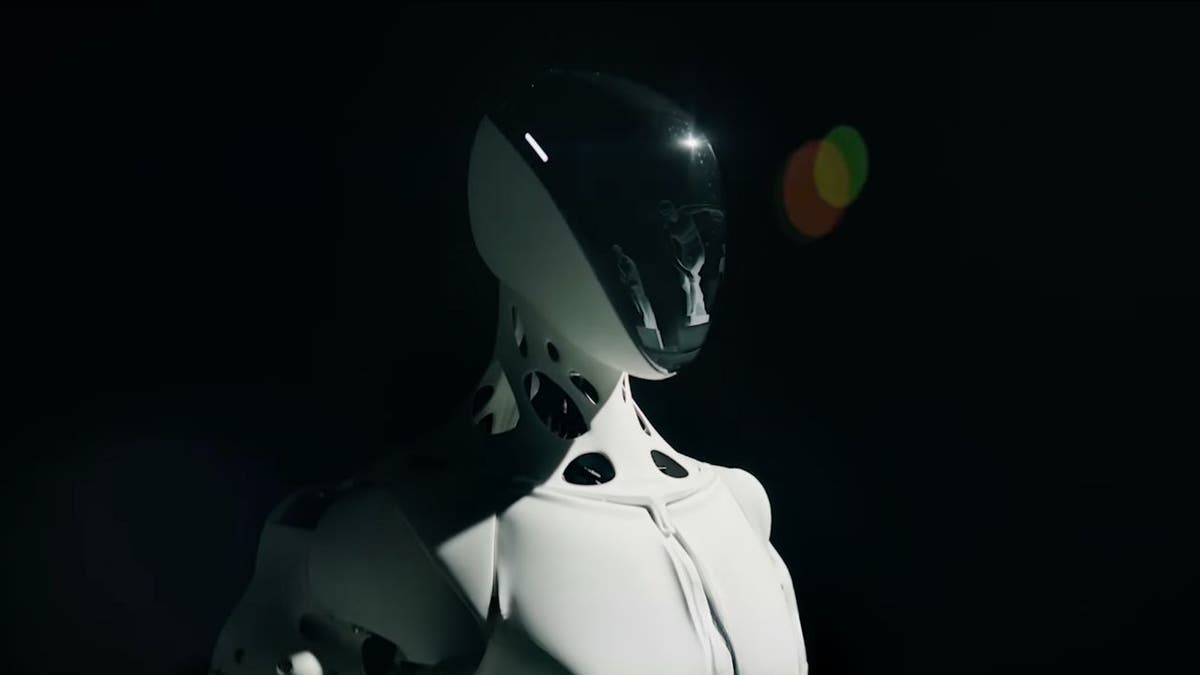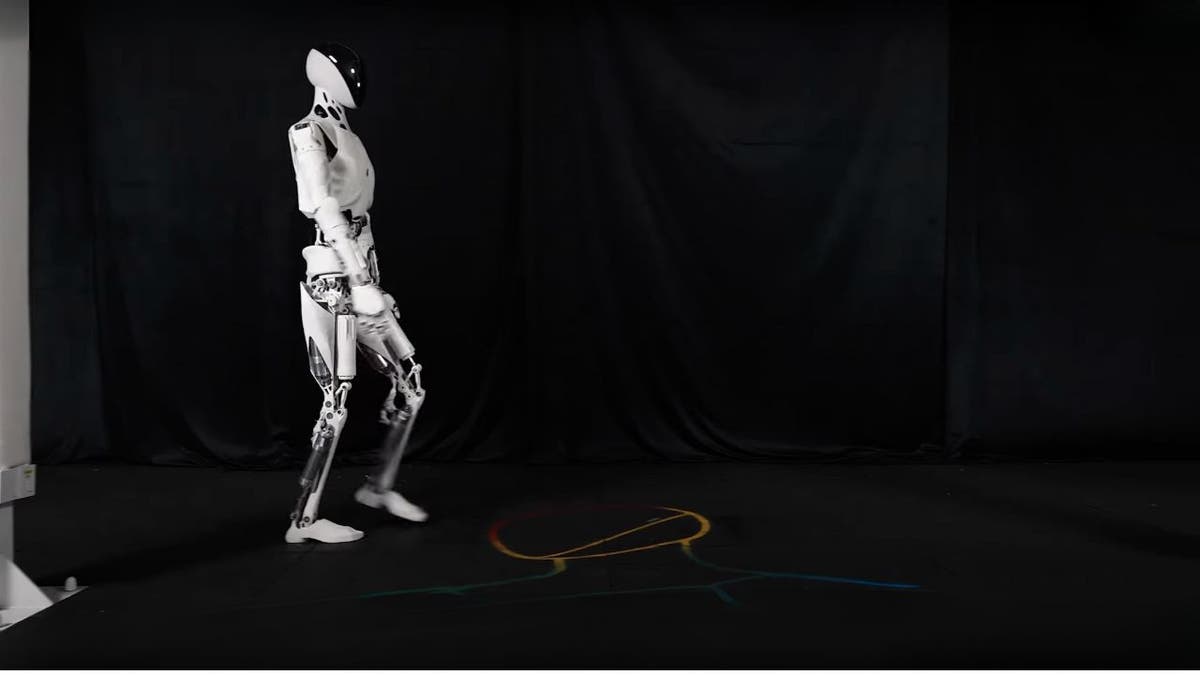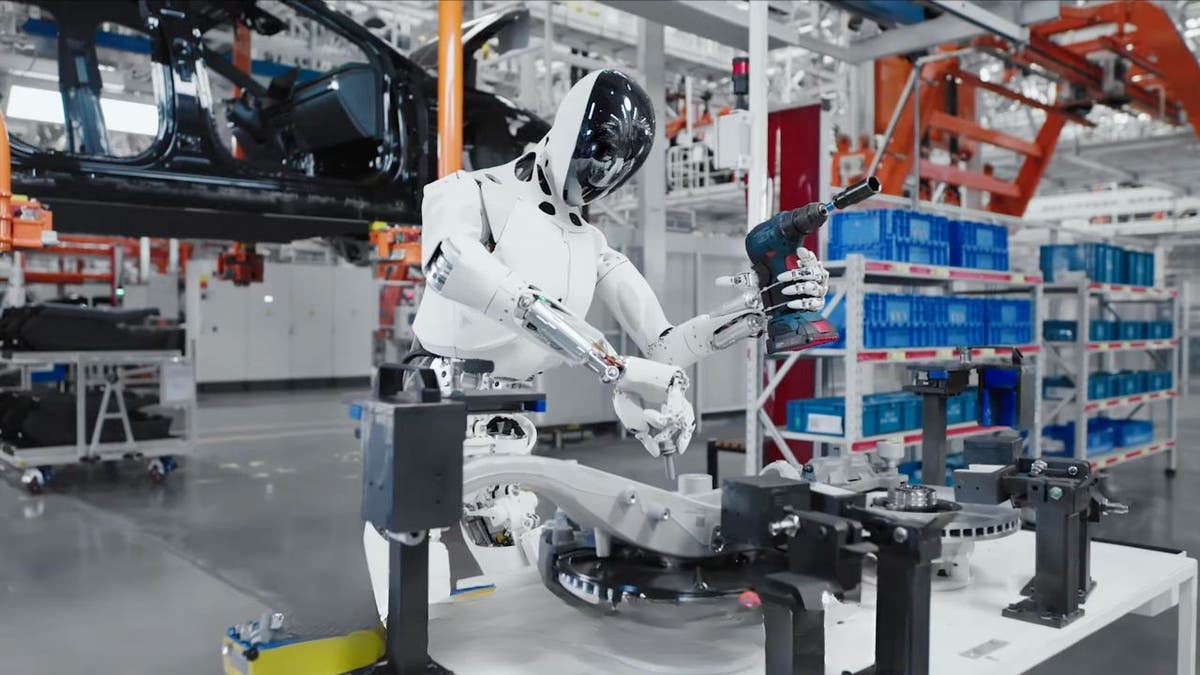
Biden roasts Trump at Correspondents’ Dinner, toasts free press
President Joe Biden roasted Donald Trump at the White House Correspondents’ Dinner while also highlighting the “seriousness” of the 2024 election.
The White House Correspondent’s Dinner, known for mocking presidents and poking fun at their policies, will commence April 26.
But at the dinner, dubbed “nerd prom” by Washington insiders, no Trump roast will be served.
As journalists covering his second term gather for the glitzy fête at the Washington Hilton hotel, President Donald Trump will likely skip the event. Trump skipped three times during his last presidency (the 2020 affair was cancelled due to the coronavirus pandemic).
He did attend in 2015, the year before he was elected president. Trump is not expected to attend this year’s dinner. White House Press Secretary Karoline Leavitt said previously that she also would not attend.
The annual dinner raises funds to support the White House Correspondents Association’s First Amendment scholarships and programs to promote its work. The dinner features a star-studded audience with A-list guests from media and entertainment industries. C-SPAN will carry coverage of this year’s WHCA dinner with red carpet arrivals beginning at 6 p.m. ET before the dinner starts at 8 p.m.
Typically, a comedian roasts the president, after the president presents a comedy set or speech. Hasan Minhaj headlined the 2017 edition. After Michelle Wolf’s controversial monologue in 2018 received mixed reviews from critics, the WHCA chose historian Ron Chernow to present a speech the following year.
For this year’s installment of the biggest night in the nation’s capital, there will again be no comedian. After “Saturday Night Live” standout and “Weekend Update” host Colin Jost headlined the 2024 affair, the WHCA shelved left leaning Amber Ruffin as marquee comic amid criticism from Trump spokesperson Taylor Budowich on X.
The WHCA president Eugene Daniels, the former Politico star and incoming MSNBC anchor, announced the change in a March note to press colleagues first shared by CNN’s chief media analyst Brian Stelter.
“As the date nears, I will share more details of the plans in place to honor journalistic excellence and a robust, independent media covering the most powerful office in the world. As a first step, I wanted to share that the WHCA board has unanimously decided we are no longer featuring a comedic performance this year,” Daniels wrote at the time.
WHCA dropping comedian comes as Trump administration makes press changes
The decision to shelve talent was made as the second Trump administration ramped up its pressure on the press.
In February, the White House announced that that it would decide which news outlets have access to President Donald Trump, ripping power away from the WHCA, an independent association of journalists who have traditionally determined which publications are part of the press pool.
White House press secretary Karoline Leavitt announced the changes at a press briefing following a judge’s preliminary ruling in a free speech lawsuit filed by the Associated Press, a prominent news wire service.
“Moving forward, the White House press pool will be determined by the White House press team,” Leavitt announced. “Legacy media outlets who have been here for years will still participate in the pool, but new voices are going to be welcomed in as well.”
The AP sued the White House after the administration repeatedly barred AP reporters from attending events with press availability over a dispute involving the president’s renaming of the Gulf of Mexico to the Gulf of America. The AP refused to update its guidance to reflect the president’s chosen name for the body of water.
The correspondents’ association is a nonprofit organization that represents those outlets and vets potential new members of the press pool. It is comprised of a nine-member board of White House correspondents who are elected to serve by their peers.
Leavitt has invited more nontraditional media outlets to participate in press briefings since the decision was made including conservative influencers.
Some speculate that WHCD sparked Donald Trump‘s political ambitions
The dinner once made headlines of its own. In 2022, fans keeping up with reality TV star Kim Kardashian and her “Saturday Night Live” alum boyfriend Pete Davidson were delighted when the pair made their red-carpet debut at the dinner.
A decade earlier, in 2011, then-President Barack Obama mocked Trump, who was in the audience with now-first lady Melania Trump, telling the crowd his eventual successor lacked the “experience” necessary to be president. Some believe the incident sparked Trump’s political ambitions and led him to seek the U.S. presidency in 2015.
“I know that he’s taken some flack lately,” Obama said, in reference to Trump’s birtherism claims about him. “But no one is happier, no one is prouder to put this birth certificate matter to rest than The Donald.”
He added: “And that’s because he can finally get back to focusing on the issues that matter, like — did we fake the moon landing? What really happened in Roswell? And where are Biggie and Tupac?”
“Say what you will about Mr. Trump. He would certainly bring some change to the White House,” Obama quipped. “All kidding aside. Obviously we all know about your credentials and breadth of experience.”
Now, Trump is president for a second term, no longer a dinner guest or laughing matter. For a fourth time, he has declined to be a butt of the joke once again.
Contributing: Franchesca Chambers, James Powel; USA TODAY



















